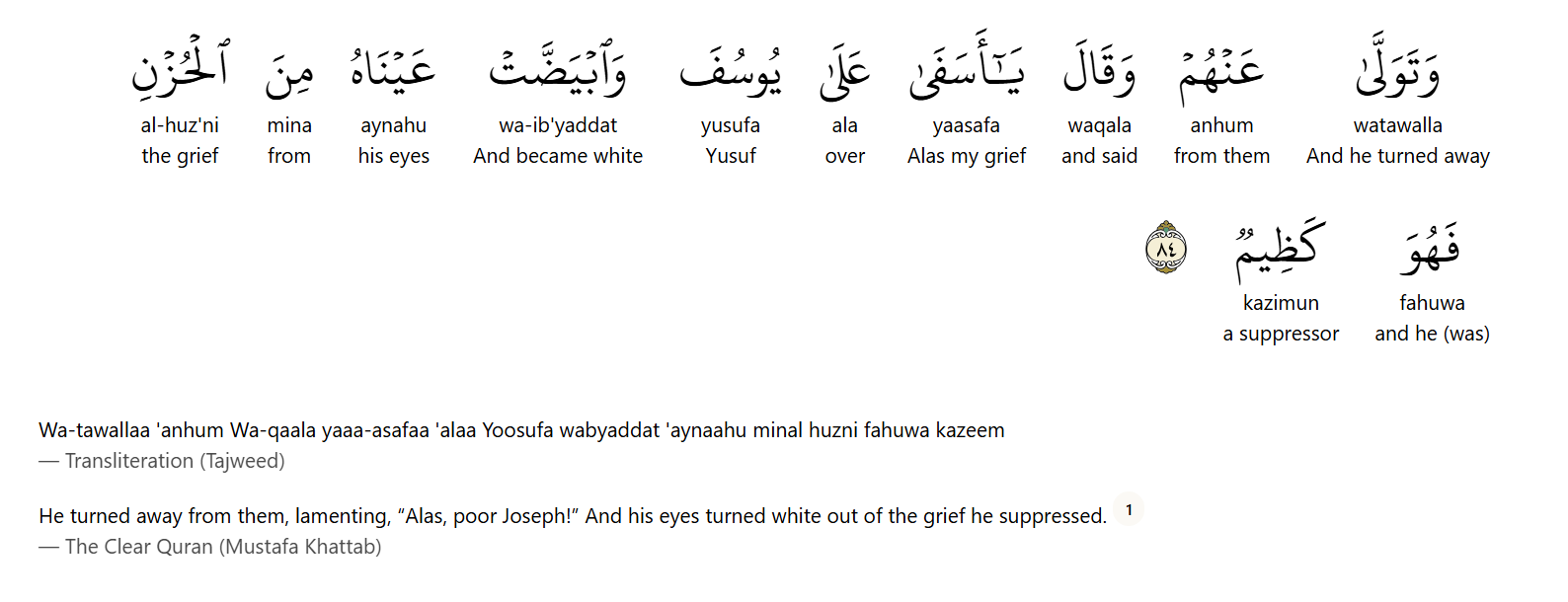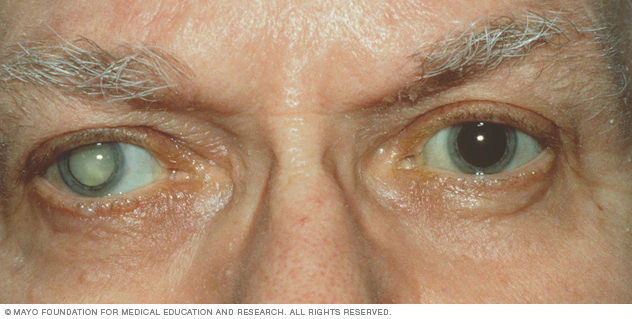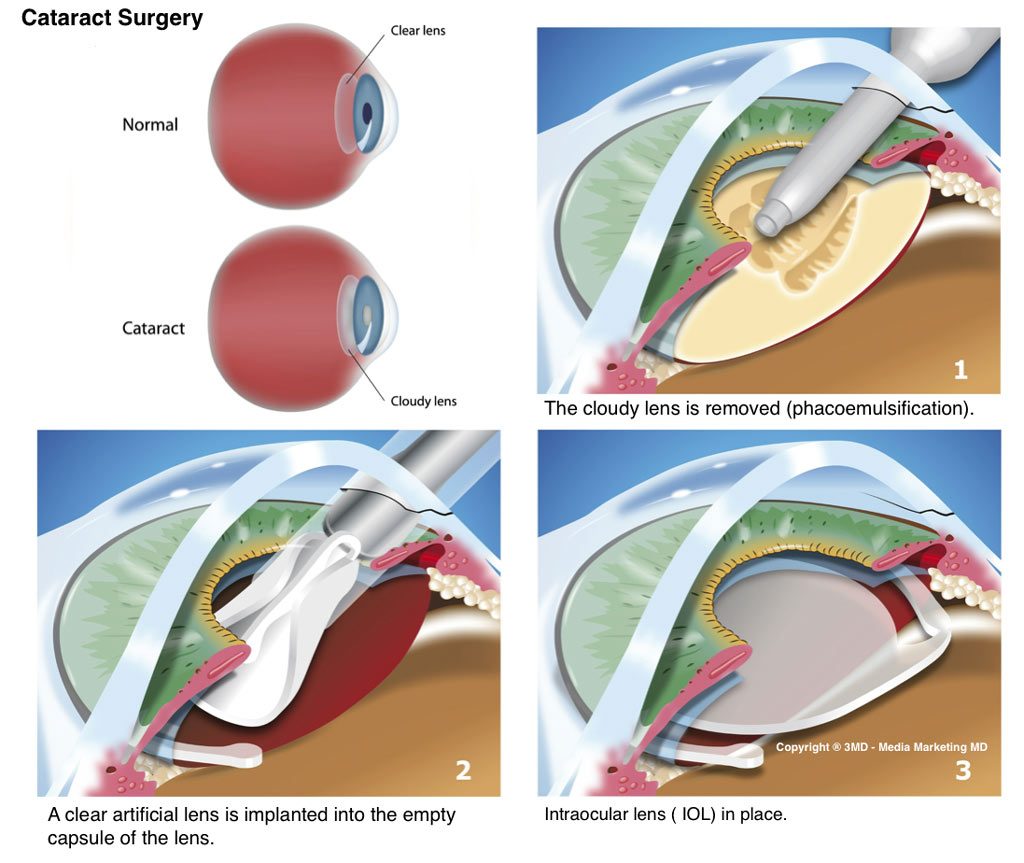SURAH YUSUF: AYAT 84 (QURAN 12:84)

In the quiet corridors of medical research, a recent Nature study has illuminated a compelling link between cataracts (a clouding of the lens of the eye, which is typically clear) and depression. Conducted on a vast cohort of over 230,000 individuals in Taiwan, the study found that those diagnosed with cataracts faced a significantly higher risk of developing depression. Yet, intriguingly, those who underwent cataract surgery experienced a marked reduction in that risk—suggesting that restoring vision may also restore emotional equilibrium.

This scientific insight resonates with a deeply human moment captured in the Qur’an. In Surah Yusuf, verse 84, the Prophet Yaqub (Jacob), overwhelmed by grief over the loss of his son Yusuf (Joseph), is described as having cried so intensely that his eyes turned white from sorrow:
“And he turned away from them and said, ‘Oh my sorrow over Joseph,’ and his eyes became white from grief that he had suppressed.”
The phrase “his eyes became white” has long intrigued scholars. Many interpret it as a metaphor for blindness—possibly even a reference to cataracts. In this light, Yaqub’s condition becomes not just a poetic image of sorrow but a physiological manifestation of prolonged emotional suffering.
The Nature study underscores how intimately vision and emotion are intertwined. Cataracts, which cloud the lens of the eye, do more than obscure the world—they can dim the inner landscape of the mind. Depression, often invisible, finds a silent ally in visual impairment. The study’s revelation that cataract surgery can alleviate depressive symptoms suggests that healing the eye may also heal the heart.

Yaqub’s story, then, is not merely allegorical. It is a testament to the psychosomatic unity of the human being. His grief was so profound that it altered his physical state. And yet, just as the study points to the possibility of recovery, the Qur’an later describes Yaqub regaining his sight—symbolizing hope, restoration, and divine mercy.
In bridging science and scripture, we are reminded that the eye is not just an organ of sight but a vessel of emotion. Tears, vision, and sorrow are bound together in a sacred choreography. The Nature study offers empirical evidence of what the Qur’an has long intimated: that the heart and the eye speak a common language, and healing one may soothe the other.
